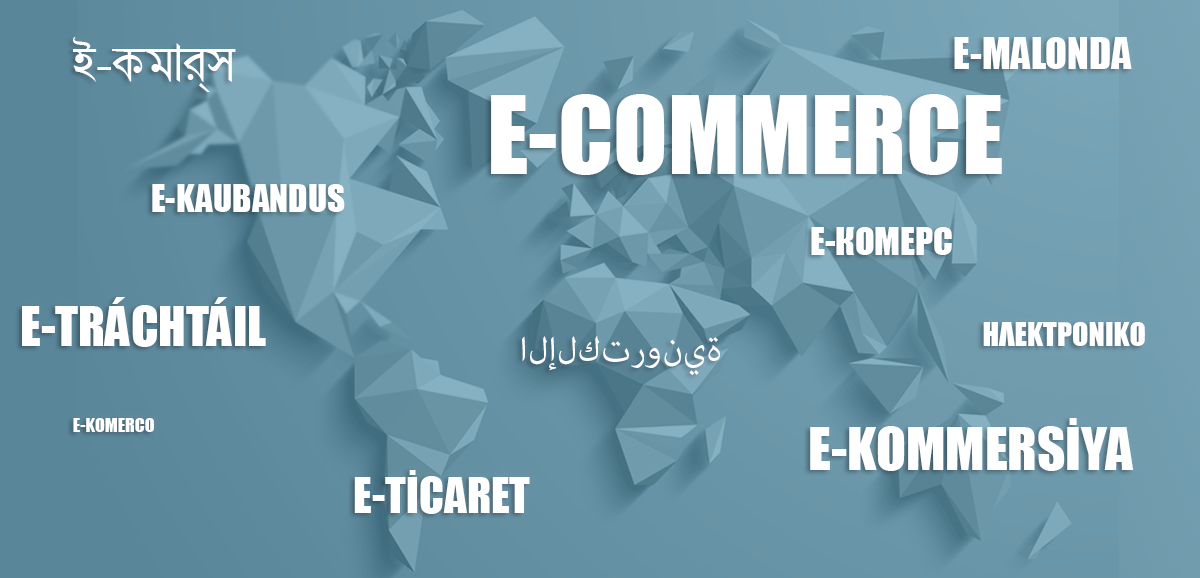
It’s called the World-Wide Web for a reason – anyone, from anywhere (except maybe North Korea) can find your products and buy them. But just because that potential is there doesn’t mean everyone is tapping into that global market. Are you set up for international ecommerce? Here’s a checklist to see if you’re effectively going global (and beating your competition to foreign markets!).
![]() I own country-level domains for countries with my best customers.
I own country-level domains for countries with my best customers.
Country-level domains, like www.inturact.es (top-level domain (ccTLD) for Spain) let consumers know, right away, that you cater to their market. And, you have a better chance of showing up in local search engines.
![]() I’ve used an analytics program to find out where most of my customers come from.
I’ve used an analytics program to find out where most of my customers come from.
You don’t have to offer your website in every language for international ecommerce – you’d need around 6,500 different websites to do that! When you’re starting out, all you need is to find out where your consumer base is coming from, and try offering a version of your website in the most common language spoken there. It’s well worth your time and money to find a really good bilingual copywriter, because nothing will shoot down your credibility faster than bad translations.
![]() I’ve prioritized my most-used pages for translation.
I’ve prioritized my most-used pages for translation.
We recommend using your analytics program to identify the pages with the most unique views for translation first, and if you can narrow it down further to the pages that contribute most to conversion, that’s even better. These will probably be your Home page, Products pages, FAQ, and Contact us pages – but always, always, ALWAYS translate the calls to action and purchasing pages. Always!
![]() I provide an easy way for customers to translate price into their currency.
I provide an easy way for customers to translate price into their currency.
You can do this in a widget, or opt for something seamlessly integrated into your website design, for a quick and easy way to increase your conversion rate.
![]() I have multiple websites written in multiple languages to serve my best global customers.
I have multiple websites written in multiple languages to serve my best global customers.
There’s a reason tapping into the global market is tricky: According to a survey of 2,430 web consumers in eight countries by Common Sense advisory, 72.1 percent of consumers spend all of their time on websites written in their native language. And, in the same survey, more than half of the consumers said they were willing to pay more if they could read all of the information in their own language. Are your competitors offering multiple languages? If not, this is one way to get the edge on the competition.
Like the song says: It’s a small world after all. And, when you take on international ecommerce, it will get that much smaller.
Brought to you by the global citizens at Inturact.


